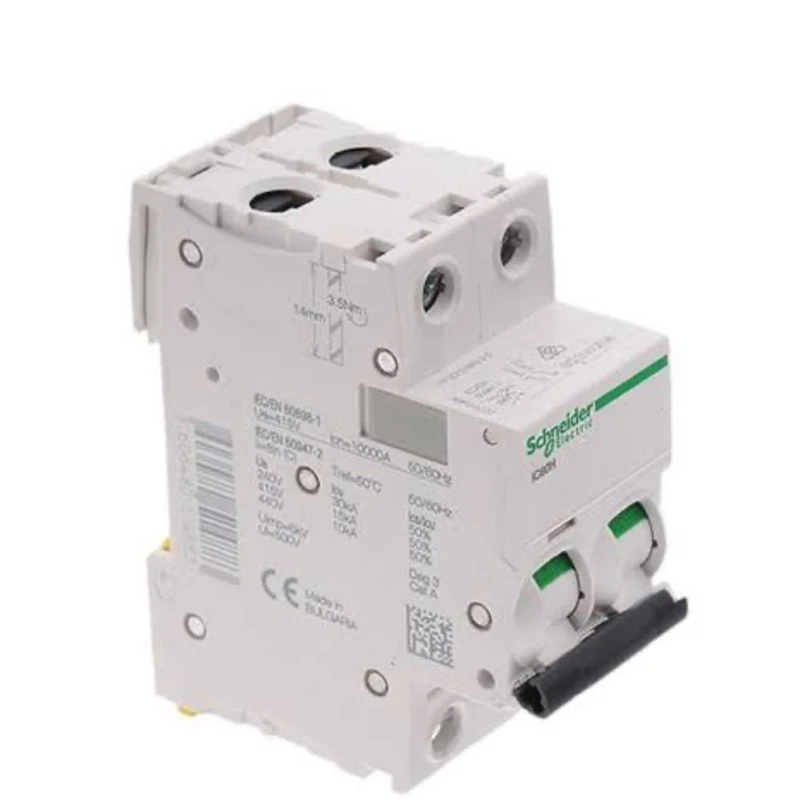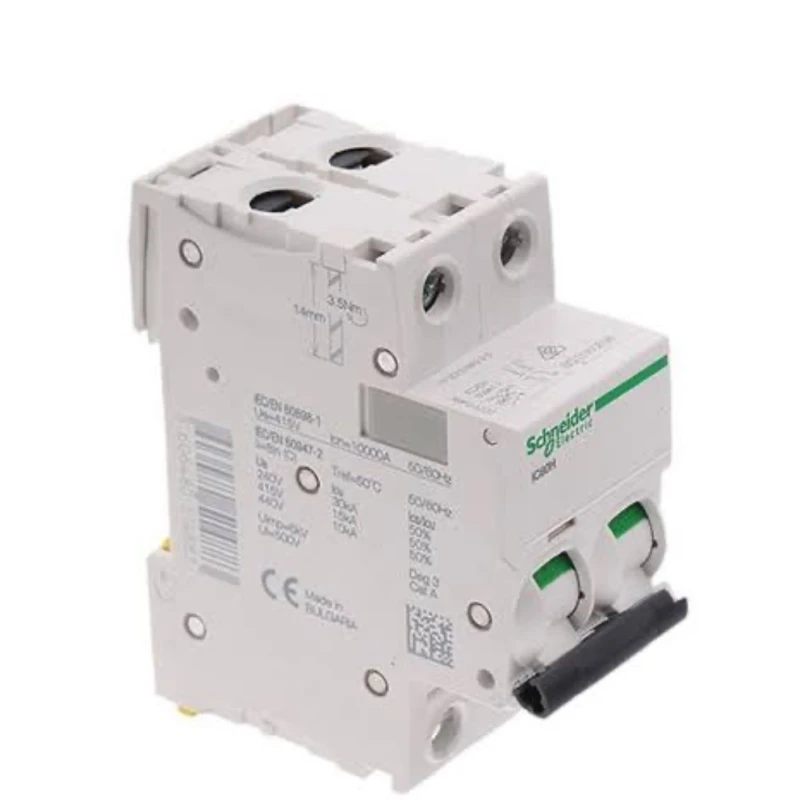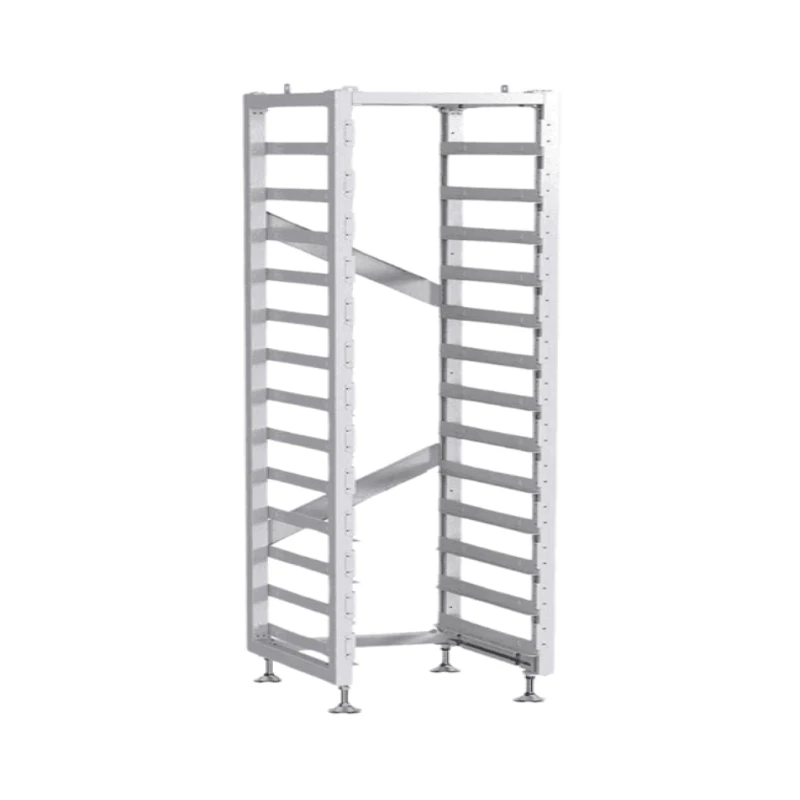-
A two-pole breaker is used in single-phase, 240V systems to disconnect both the hot (ungrounded) and neutral (grounded) conductors simultaneously. This is important for safety, especially when dealing with appliances that require both a hot and neutral connection.
-
This indicates the maximum current the breaker is designed to carry continuously. If the current exceeds 100 amps, the breaker will trip, interrupting the circuit to prevent damage or fire.
-
This breaker is designed for use in AC electrical systems, which are standard in most homes and businesses. AC circuits have a natural zero-crossing point in the current waveform, which helps with arc interruption in the breaker.
-
The primary function of a circuit breaker is to protect the circuit from overloads (excessive current flow) and short circuits (abnormally high current flow due to a fault). When either of these occurs, the breaker will trip, cutting off the power and preventing damage or fire.

 APPLIANCES
APPLIANCES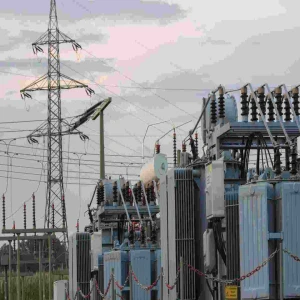 ELECTRIC AND POWER
ELECTRIC AND POWER ELECTRONICS
ELECTRONICS FOOD
FOOD GADGETS
GADGETS KITCHEN
KITCHEN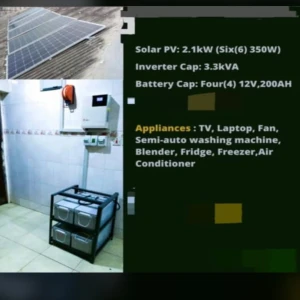 SOLAR SOLUTIONS
SOLAR SOLUTIONS